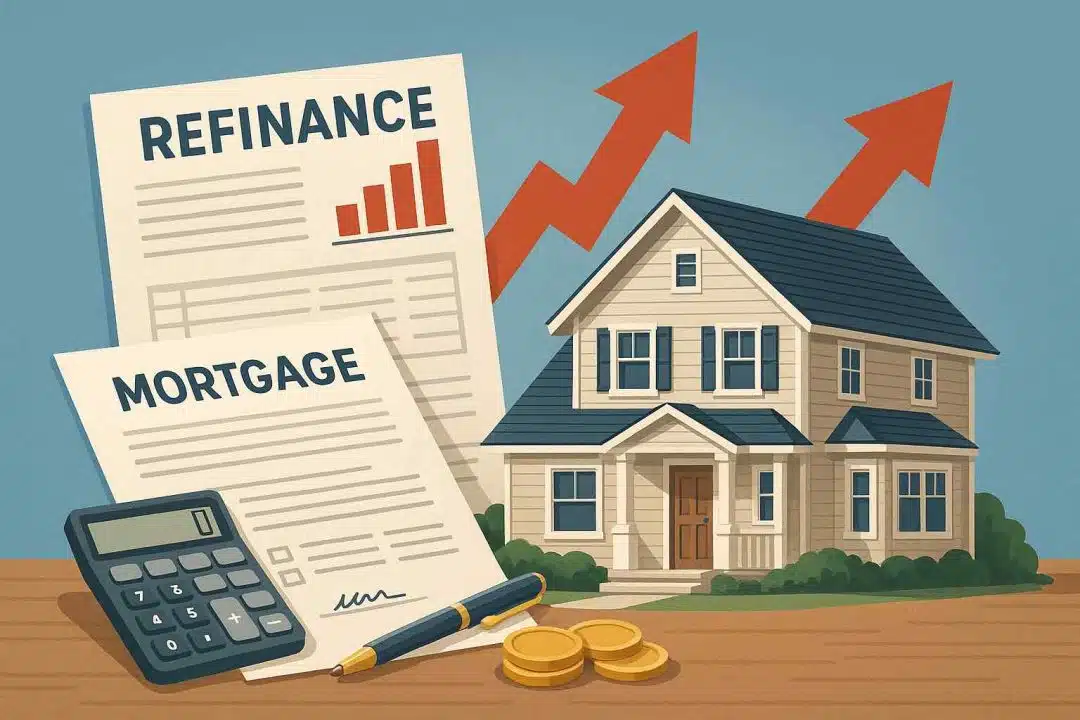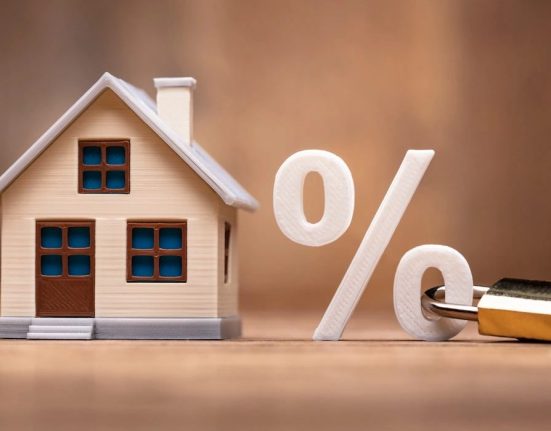

Mortgage rates presented a mixed picture for prospective homebuyers and those considering a refinance on Friday. While the benchmark 30-year fixed-rate mortgage held relatively steady, other popular loan types saw slight shifts, reflecting the ongoing push and pull of economic crosscurrents.
The average 30-year fixed mortgage rate is currently hovering around 6.88%, a marginal decrease of 11 basis points from the previous week’s average of 6.99%, according to Zillow data. This relative stability offers a sliver of predictability in a housing market that has been anything but.
Meanwhile, the average 15-year fixed mortgage rate saw a slight uptick, moving to 5.97% from 5.94% a week prior. For borrowers seeking a shorter loan term and lower overall interest payments, this minor increase is a noteworthy development. In a more favorable turn for some, the 5-year adjustable-rate mortgage (ARM) rate decreased by 9 basis points to 7.12%.
These figures underscore a market in flux, as borrowers navigate an environment of elevated, albeit recently moderating, rates.
Today’s Mortgage Rate Snapshot
| Loan Program | Current Rate | Weekly Change |
|---|---|---|
| 30-Year Fixed | 6.88% | Down 0.11% |
| 15-Year Fixed | 5.97% | Up 0.03% |
| 5-Year ARM | 7.12% | Down 0.09% |
What’s Influencing Mortgage Rates?
Today’s mixed mortgage rate environment is the result of several competing economic factors. Stubborn inflation remains a key concern for the Federal Reserve, which has maintained a cautious stance on interest rate cuts. While inflation has cooled from its peak, it has not yet reached the Fed’s 2% target, leading to a “wait-and-see” approach that keeps borrowing costs elevated.
The bond market, particularly the yield on the 10-year Treasury note, which mortgage rates tend to follow, has also been volatile. Investor sentiment, swayed by domestic economic data and global events, has contributed to these fluctuations. A strong labor market, while positive for the economy overall, has also put upward pressure on rates.
What This Means for You
For homebuyers, the current rate environment presents both challenges and opportunities. While rates remain significantly higher than the historic lows of recent years, the relative stability of the 30-year fixed rate can provide a clearer picture of long-term housing costs. The slight dip in ARM rates might be attractive for those who don’t plan to stay in their homes for the full 30-year term.
For homeowners considering a refinance, the decision is more nuanced. With 15-year fixed rates ticking up, the window for significant savings may be narrowing for some. However, those with higher-rate mortgages from earlier in the year may still find refinancing to be a beneficial move.
Pro-Tip: Securing the Best Mortgage Rate
Even with market fluctuations, there are steps you can take to secure the most favorable mortgage rate possible:
- Boost Your Credit Score: A higher credit score generally translates to a lower interest rate.
- Shop Around: Don’t settle for the first offer. Compare rates and fees from at least three to four different lenders.
- Consider a Larger Down Payment: A down payment of 20% or more can often lead to a better rate and helps you avoid private mortgage insurance (PMI).
- Know Your Loan Options: From FHA and VA loans to conventional and jumbo loans, understanding the different types of mortgages can help you find the best fit for your financial situation.
Looking Ahead
Experts predict that mortgage rates will likely remain in their current range in the near term, with the potential for gradual declines later in the year if inflation continues to cool and the Federal Reserve signals a shift in its monetary policy. However, significant volatility is still possible. As always, prospective borrowers should stay informed and be prepared to act when a favorable rate becomes available.







